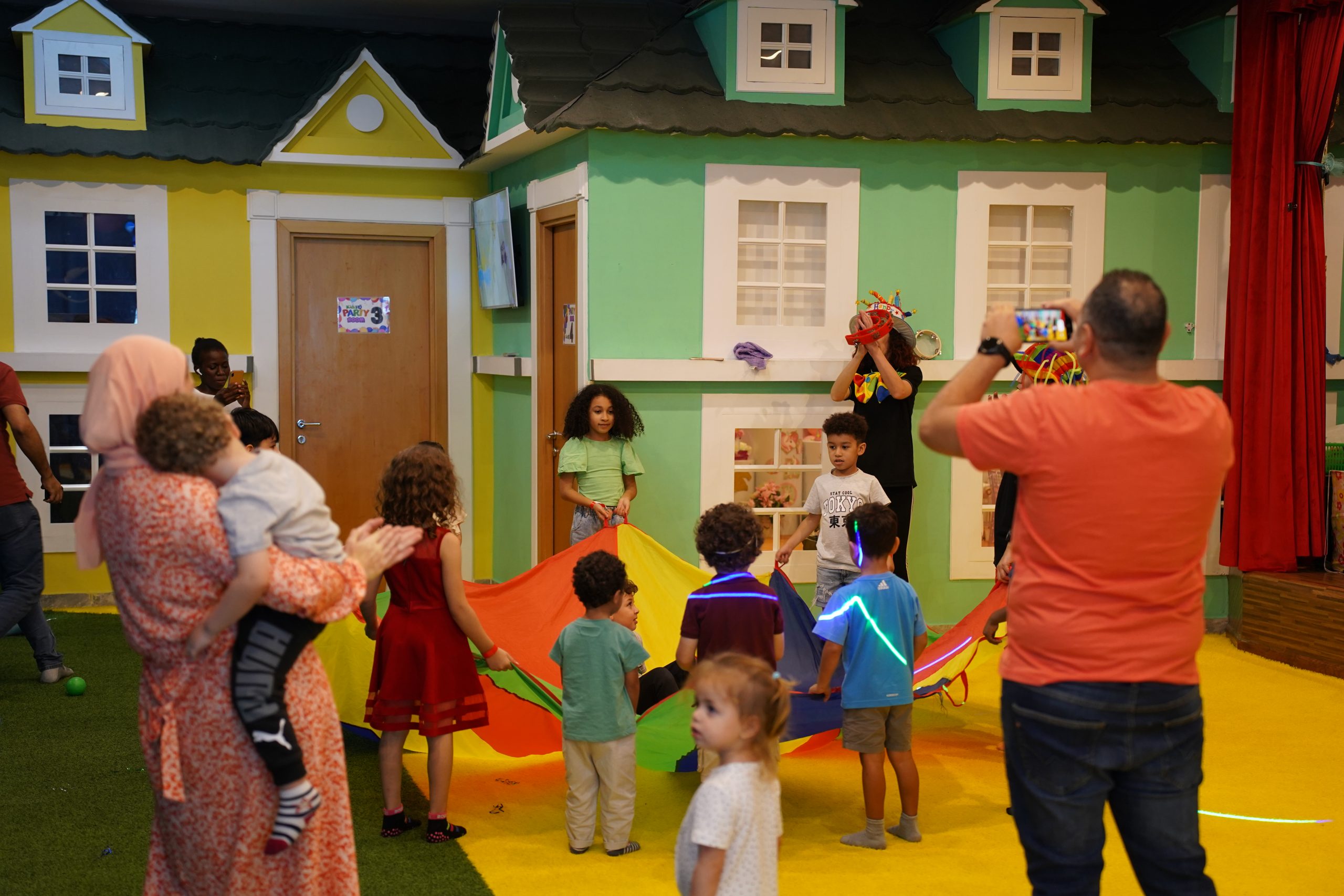Sometimes a moment can change the atmosphere of an entire home one loud outburst, one slammed door, one shout in the middle of a mall, and suddenly everything feels heavy. Every parent has lived that moment. Anger is a real emotion for children, and when it erupts, it can shake the room. But what if those difficult moments are actually opportunities? What if those storms can guide children towards emotional strength, confidence, and respect for values deeply rooted in the culture and lifestyle of the UAE? That question is worth sitting with.
Growing up in the UAE means being part of a multicultural society built on respect, patience, and emotional responsibility. Kids are expected to understand boundaries at home, in school, and in public spaces. So learning to manage anger is not about calming down it is about preparing children to live well with others, to solve problems peacefully, and to carry themselves with dignity.
This guide is shaped around those social norms and the everyday experiences of parents raising children in the UAE.
Understanding a Child’s Anger
A child’s anger is rarely just anger. It usually comes from feeling overwhelmed tired after school, overstimulated at a crowded mall, frustrated with siblings, or unable to express what they need. When kids do not yet have the tools to communicate, anger becomes their voice.
Controlling anger begins with staying calm yourself. Children learn more from what they see than what they hear. When adults shout back or act emotionally, they show children that anger is solved with more anger. Speaking in a low, steady tone and offering reassurance such as “I understand you’re upset, and I’m here to help” can soften the moment instantly.
Another powerful step is acknowledging their feelings: “I see you’re angry. It’s okay to feel this way.” Feeling understood helps them settle faster because they don’t need to fight to be heard.
Sometimes the best thing to do is step away from the situation. If the environment is loud or stressful, guide them to a quiet place to reset. This is not a punishment it’s a break for their nervous system.
Tools That Actually Work
Kids respond well to physical and creative channels when they cannot find the right words.
Use a Calm-Down Space or Box
Prepare a small box filled with things that comfort or distract them:
- Coloring pages and crayons
- A stress ball
- A small toy
- Soft music with headphones
This teaches children to come back to calmness, instead of exploding.
Try Coping Skills Together
Practice deep breathing when they are calm, so they know how to use it later. Simple techniques work best:
- Belly breathing
- Square breathing (4 seconds inhale – 4 hold – 4 exhale – 4 hold)
Physical activity is also a powerful release. Encourage running, kicking a ball, or punching a pillow instead of lashing out at people.
Creative expression helps too. Many children draw their anger out, scribble it, or paint what they feel. It transforms emotion into something visible and controllable.
Set Boundaries with Consistency
Children need structure to feel safe. Clear rules help them understand which behaviors are not acceptable like hitting, screaming at others, or breaking things. Explain consequences calmly and follow through consistently. When rules change depending on your mood, anger will grow stronger.
But consequences alone are not enough. Praise them when they manage their emotions well. A simple “I’m proud of you for calming down” can become a strong motivator.
Model the Behavior You Want
Parents are mirrors. When you show anger in a healthy way, taking a deep breath, stepping away, speaking gently, your child learns that this is what strength looks like. You don’t need perfection. You only need honesty and self-control.
Talk to them like a team: “Let’s figure this out together.” Some parents even give anger a funny name like a monster or a volcano, as a way for younger children to feel they are fighting it, not lost inside it.
Teaching Social Values the UAE Way
Growing up in the UAE means learning to interact respectfully across cultures, communities, and public spaces. Children must understand that while anger is normal, hurting others physically or emotionally is not accepted anywhere. They should learn to speak their feelings instead of acting them out and to work toward peaceful solutions.
One helpful habit is exposing them to community-based environments where they can practice teamwork, sharing, and patience such as indoor play areas in Dubai, which naturally teach turn-taking, communication, and conflict resolution in real time.
Problem-Solving After the Storm
Once calm returns, help your child understand what triggered the anger. Ask gentle questions:
- What made you feel angry?
- What could we do next time instead?
Over time, they learn that they have control over their reactions. That confidence changes everything.
Conclusion
Anger does not make a child difficult. It makes them human. What matters is what comes after the storm, the learning, the connection, the growth. Every moment of anger can become a moment of teaching. And every calm response from you is shaping a future adult who knows how to lead with respect and strength.
Raise children who know how to feel without breaking. Raise children who know that respect and calmness are powerful. Raise children who can stand tall, even when their emotions are loud. Because the real goal is not to stop anger. The real goal is to teach them how to rise above it.




Comments are closed